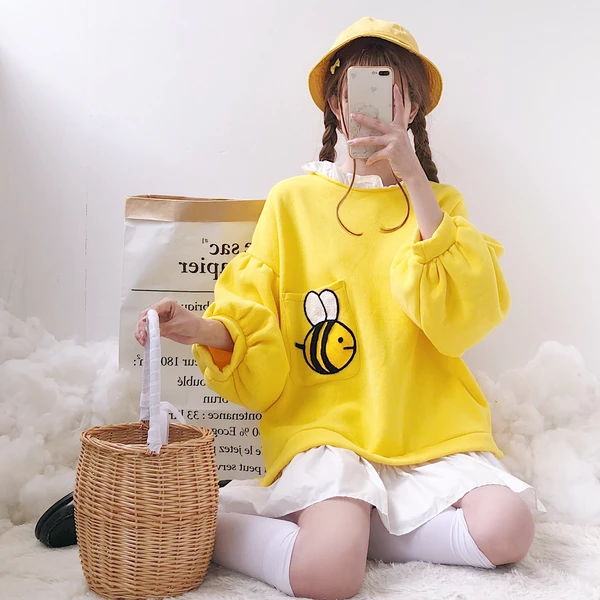Kawaii, the Japanese concept of cute or adorable, has profoundly influenced global style trends and youth culture through its distinctive fashion aesthetic. Originating in Japan during the late 20th century, kawaii fashion has evolved into a significant cultural phenomenon that transcends geographical and cultural boundaries. Characterized by its playful, whimsical, and often childlike elements, kawaii fashion incorporates bright colors, oversized accessories, and patterns featuring characters from manga, anime, and cartoons. This unique blend of innocence and imagination resonates with youth across the globe, leading to its integration into various facets of contemporary fashion and culture. The impact of kawaii fashion on global style trends can be seen in its ability to inspire and reshape fashion norms. Western designers and brands have increasingly incorporated kawaii elements into their collections, leading to a fusion of Eastern and Western styles. The use of pastel colors, oversized bows, and cartoon prints in mainstream fashion showcases the influence of kawaii aesthetics. This blending of styles highlights how kawaii fashion has democratized design, making it accessible and appealing to a broader audience.

Additionally, kawaii fashion has also influenced high fashion, with designers like Jeremy Scott and brands like Moschino incorporating playful and exaggerated elements into their runway shows. Youth culture, in particular, has been profoundly shaped by the kawaii movement. For many young people, kawaii fashion represents a form of self-expression that challenges traditional notions of beauty and sophistication. It offers a space where individuality and creativity can thrive, often in opposition to the more restrained and formal styles that dominate adult fashion. By embracing kawaii fashion, young people can assert their identities in a fun and imaginative way, celebrating aspects of their personalities that might be otherwise constrained by societal expectations. This shift has led to the rise of subcultures like Lolita, Harajuku, and Decora, each with its unique take on kawaii aesthetics, further enriching the global fashion landscape.
Moreover, the global spread of kawaii clothes fashion has facilitated cultural exchange and dialogue. The rise of social media platforms and online communities has enabled enthusiasts from different parts of the world to share and celebrate their love for kawaii culture. This connectivity has allowed for the rapid dissemination of kawaii-inspired fashion trends and has fostered a sense of global community among fans. Events like anime conventions and pop culture festivals have become hubs for showcasing and appreciating kawaii fashion, further bridging cultural divides and promoting cross-cultural understanding. In summary, kawaii fashion has made a significant impact on global style trends and youth culture through its unique aesthetic and its capacity to inspire creativity and self-expression. Its integration into mainstream and high fashion highlights its broad appeal, while its influence on youth culture underscores its role in shaping contemporary identities. As kawaii fashion continues to evolve and spread, it will undoubtedly remain a vibrant and influential force in the world of style and beyond.
